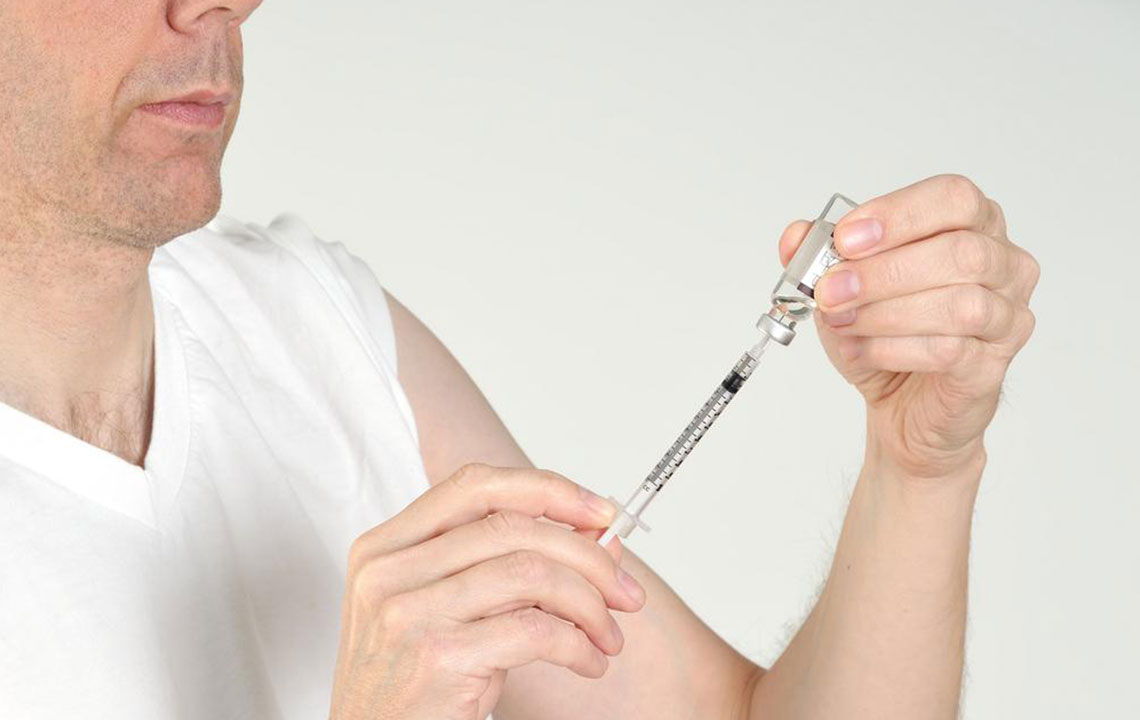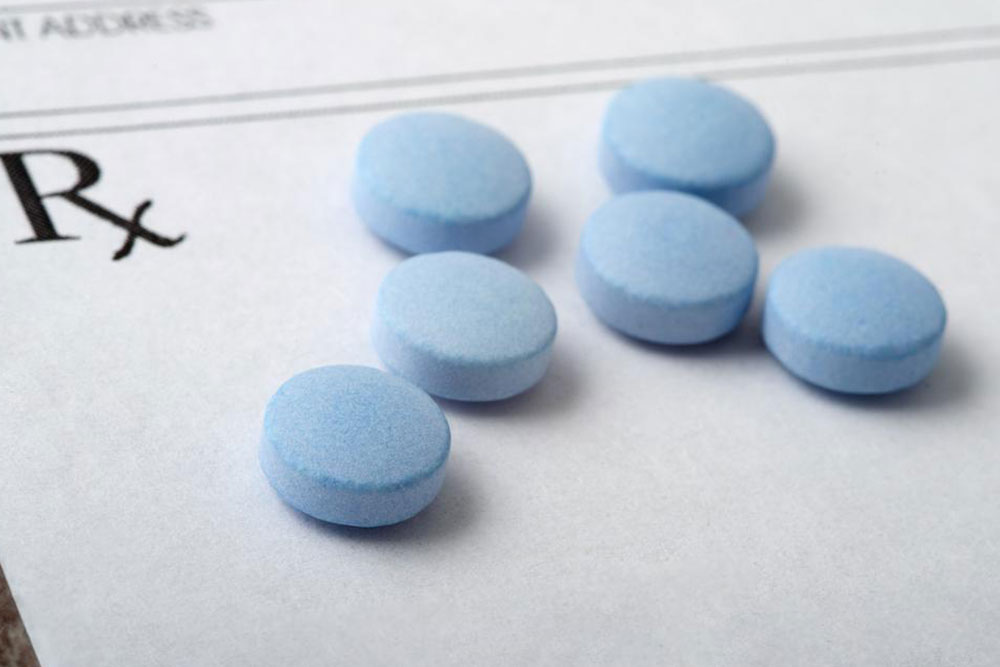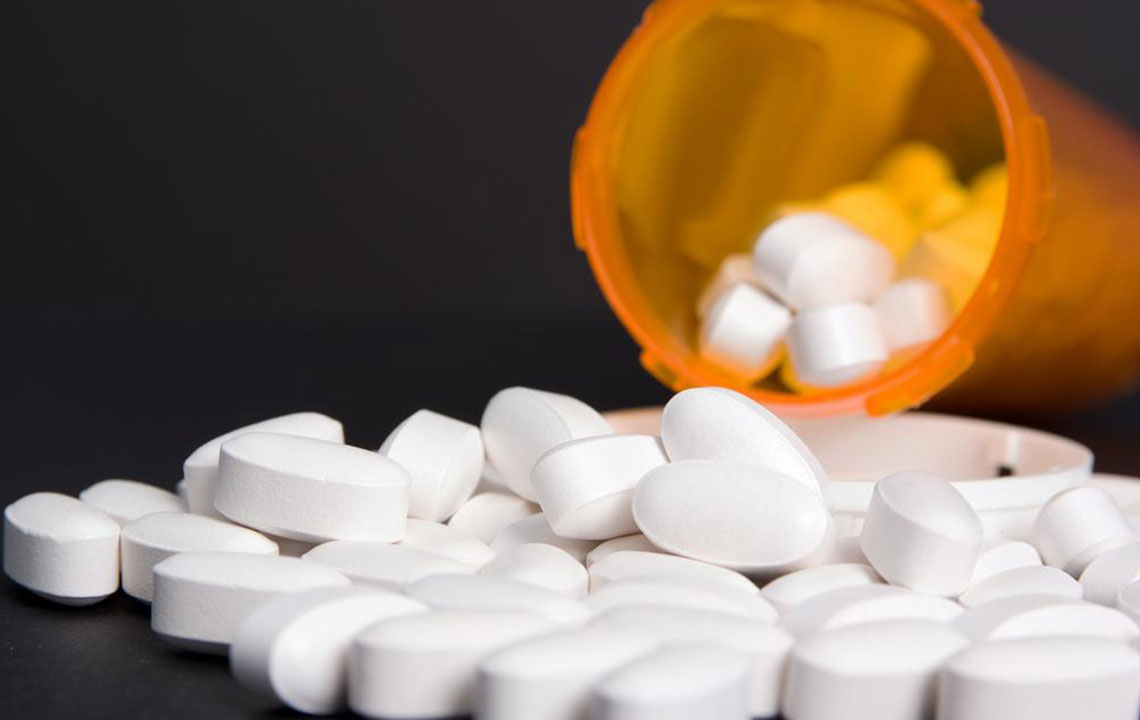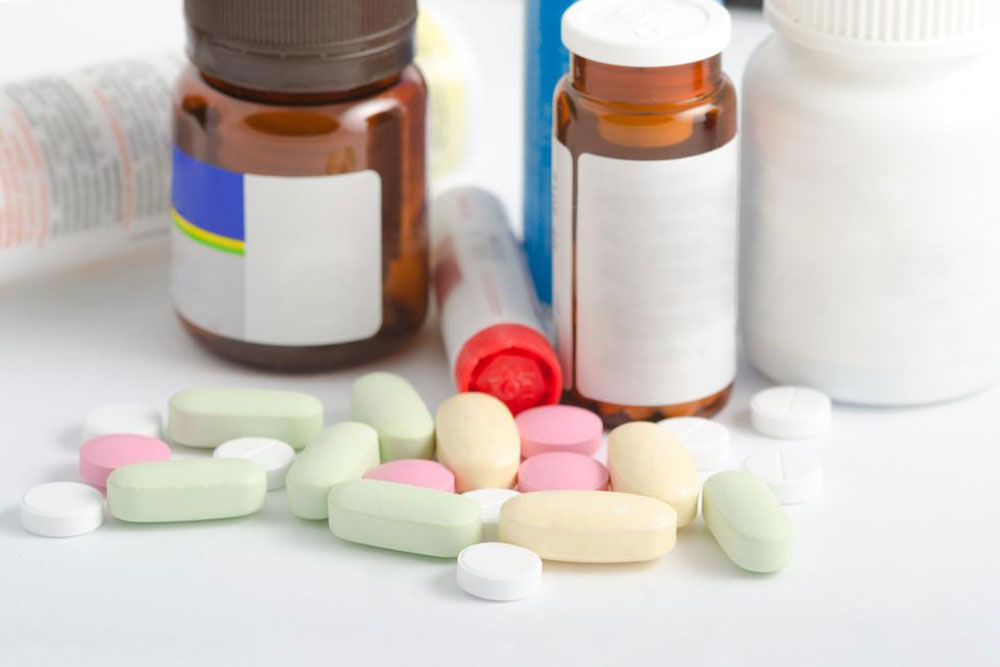Naloxone: A Critical Tool for Overdose Emergency Response
Discover how naloxone is an essential life-saving medication used in opioid overdose emergencies. Learn about its forms, usage, safety, and the importance of quick response to prevent fatalities. Promoting awareness and access can significantly reduce overdose deaths and support recovery.

Naloxone: A Critical Tool for Overdose Emergency Response
Opioids are potent pain relievers used in medical settings to treat intense discomfort, often after surgery. Derived from natural sources or synthesized chemically, they act on brain receptors. While beneficial when used properly, misuse has fueled a global opioid crisis marked by addiction and fatalities. Transition from prescription medications to heroin has intensified the problem, as heroin is more accessible. Overdose symptoms include respiratory depression, skin pallor, and unconsciousness. Naloxone, an emergency medication, can swiftly reverse these effects, saving lives. Available as injections or nasal sprays, it’s safe for public use and administered by responders, family, or friends. Side effects may involve allergic reactions or withdrawal symptoms. Costs depend on insurance and medication form; many programs offer free naloxone. Since it’s often obtainable without a prescription, verify local laws before purchase. Prompt use upon overdose signs is essential. Supporting affected individuals and raising awareness can lead to timely interventions and better outcomes. Medical treatment and support can facilitate recovery from opioid dependence.


